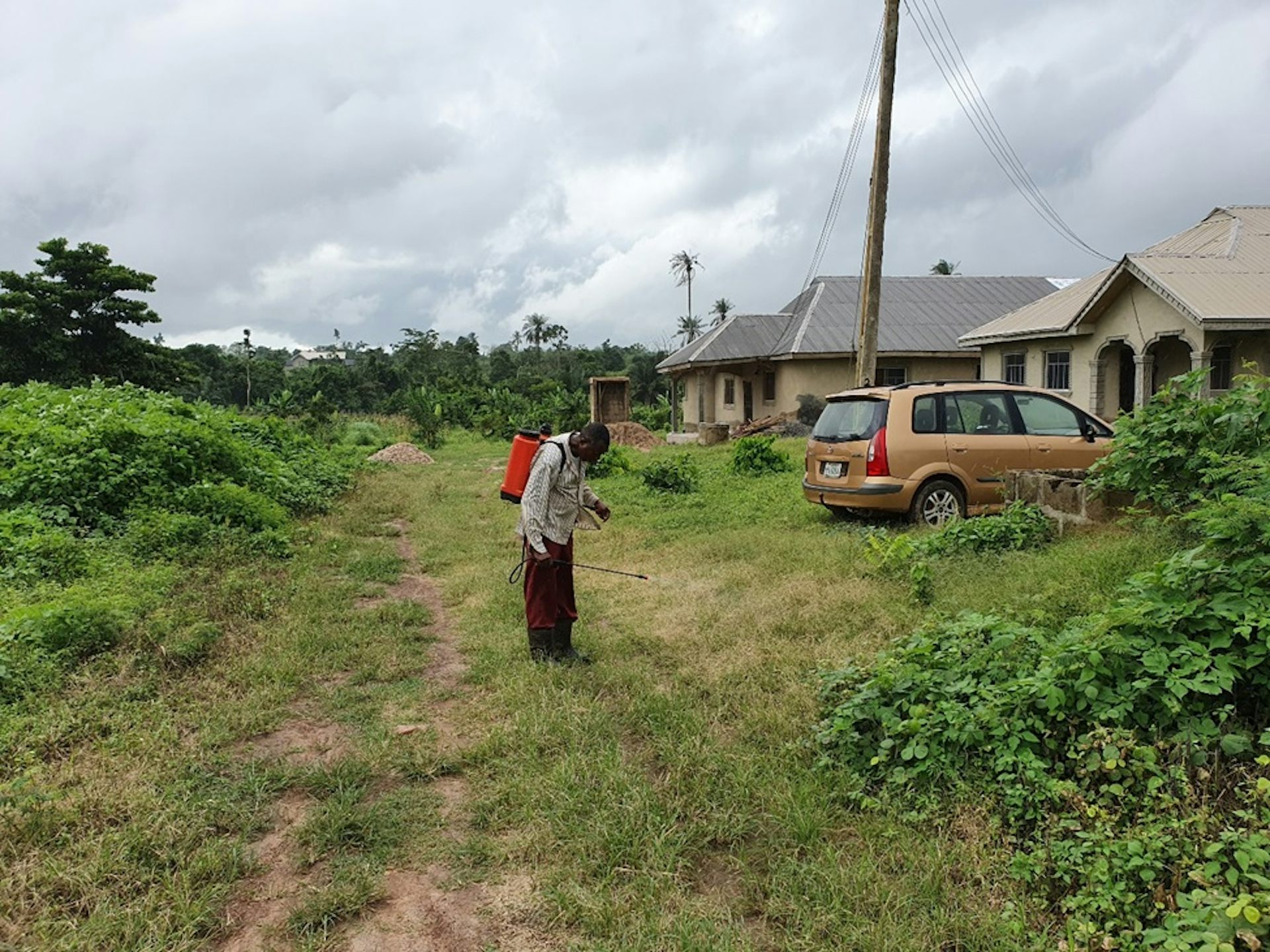
Akure is one of Nigeria’s emerging cities. Located within Ondo State in the country’s south west, it’s a settlement about 350kms from Lagos where roads meet from major towns such as Ilesa, Ondo, Owo and Ado-Ekiti.
Its population is climbing fast. In 2006 it was home to about 484,798 people. Today the population is estimated to be about 637,458 and growing as people move to it from rural areas.
But the way in which local authorities are going about building the city is deeply flawed. It also doesn’t to take into account lessons learnt from elsewhere in the world about how best to build healthy cities. For example, one of the main health risks for city dwellers is a lack of access to green spaces. Another is the fact that people are often forced to travel vast distances to get to work.
In a recent research paper I explored the way Akure is being developed. There are two major problems with the approach the city is taking. The first is that green spaces are being lost because city officials have cleared green open spaces and farmlands on the edges of Akure to make room for buildings. Satellite images that I examined showed that where thick vegetation and farmlands accounted for about 51.5% of land cover in 1986, that stood at just 38.8% in 2018.
The second problem that people are being moved to formerly green spaces at the very edge of the city and this is taking a big toll on them financially and from a health perspective.
I found that city officials have not considered how approaches like mixed-use developments closer to the city centre might alleviate the housing shortage as well as protect Akure’s green spaces.
A balance must be struck between accommodating the town’s growing population and making sure that urbanisation doesn’t entirely wipe out green spaces and farm land. This is possible, as is clear from initiatives in China, Thailand, Brazil and Australia.
What the study found
In my study I explored whether people understood why green spaces matter. I also wanted to know how they felt about living far from the centre of the city.
People saw the increase of building in their areas as a threat to their main source of livelihood, which is farming. They were worried about their culture being eroded by strangers joining their communities. Unemployment was rising and crime was increasingly becoming a problem. People were looking to the city centre for employment, but this brought new challenges.
Respondents told me that living far from the city centre took its toll. Getting to the city centre, where most offices and businesses are, costs them a lot of money; nearly 70% said that up to 10% of their income was spent on transport. Transport is also not well organised in the area, with most people relying on commercial taxi cabs or motorcycles commonly known as okada.
Accessing services was very difficult, too. Healthcare facilities weren’t always easy to reach.
People told me they were exhausted because of the long commute, stressed about getting to work late when transport didn’t run on time, and worried about accidents on the road. Crime was a worry too, especially in peripheral areas of Akure that aren’t under the control of traditional heads. These leaders provided order even when there weren’t police stations or posts nearby.
Eco-city approach
So how can Akure, and other Nigerian cities, attempt a different approach to urbanism?
First, it’s important to point out that there’s no single approach or solution.
Broadly speaking, though, I think that an eco-city strategy could be adopted. This is a human settlement modelled on the self-sustaining resilient structure and function of natural ecosystems. An eco-city seeks to provide healthy abundance to its inhabitants without consuming more renewable resources than it replaces.
For starters, Akure needs to revise its land use priorities to create compact, dense, mixed-use communities, preserve the farmlands in the form of urban agriculture, and work to create a garden-like city. It must also develop an efficient transport network. This could include trains and trams.
Of course not every single resident can live in the city centre, so it’s crucial that those slightly further out are able to travel easily and without having to spend a fortune.
Crucially, the government needs to develop policies that lay the groundwork for sustainable, liveable cities. Obviously a huge part of that is ensuring people have places to live. But green spaces matter too, and are key to creating liveable cities that are self sufficient and have plenty of parks for recreation.
Finally, it must be harder for people to simply take over green spaces on the edges of the city. At the moment, this happens very easily and with little consultation. One approach to consider is imposing a tax on building in areas that might instead be used as parks or forest reserves. This would make such spaces less attractive for developers.![]()
Michael O Alabi, Reader, Department of Urban and Regional Planning, Federal University of Technology, Akure
This article is republished from The Conversation under a Creative Commons license.

